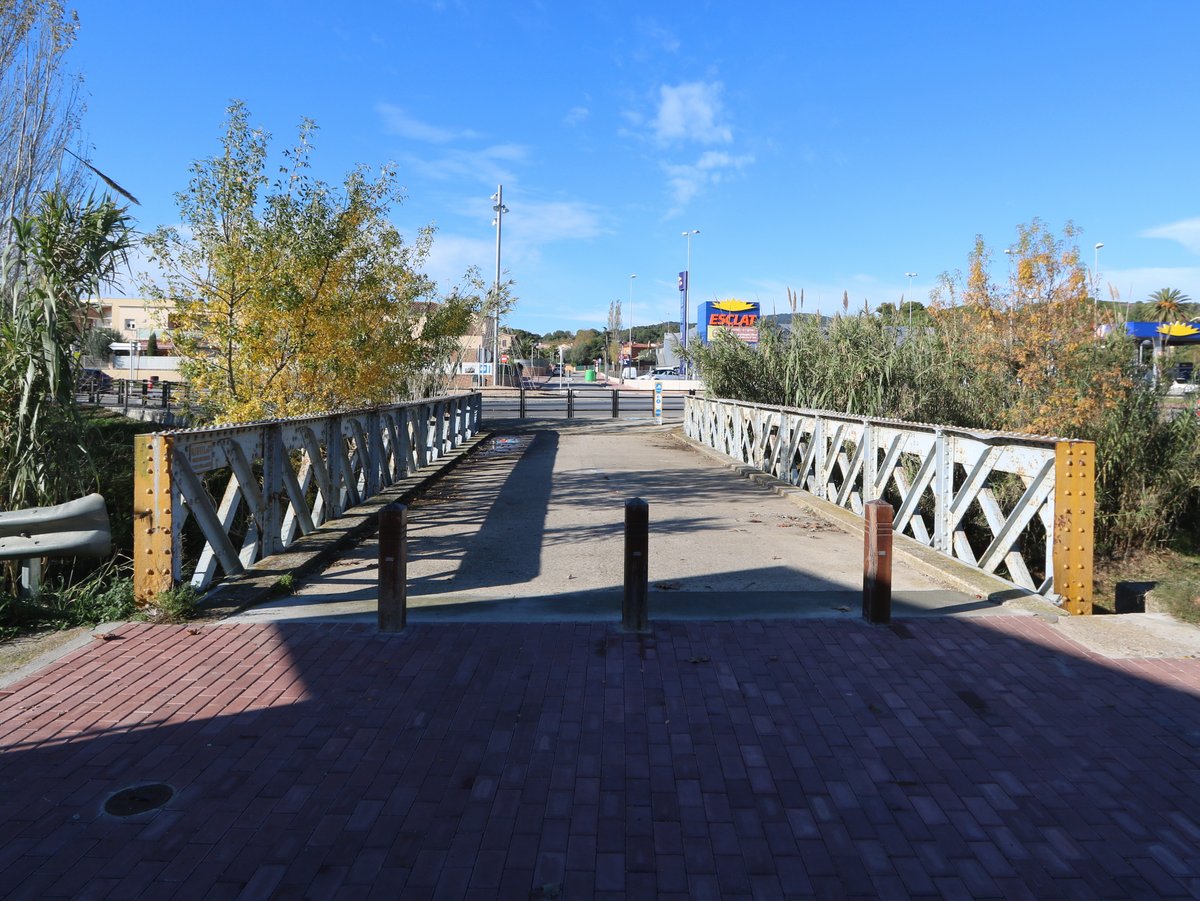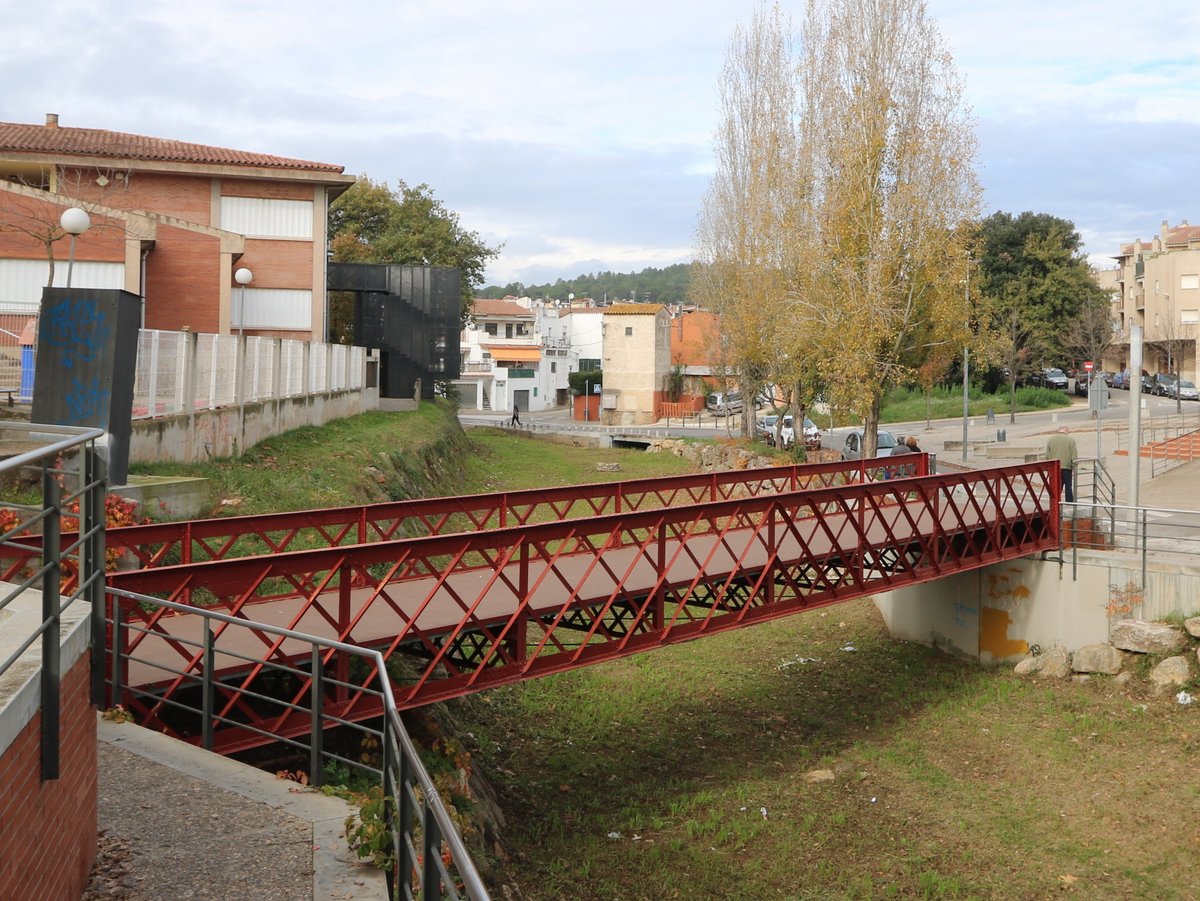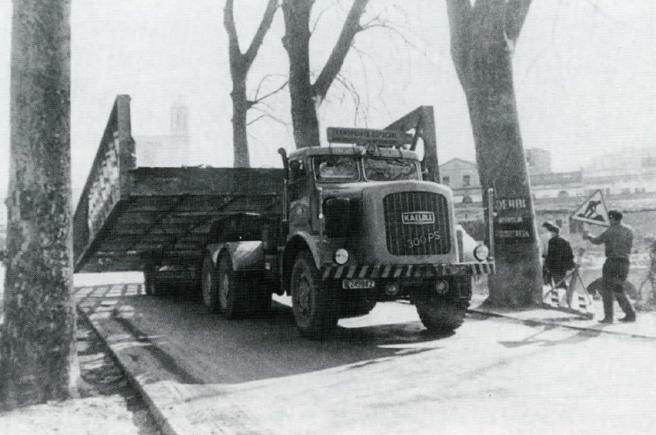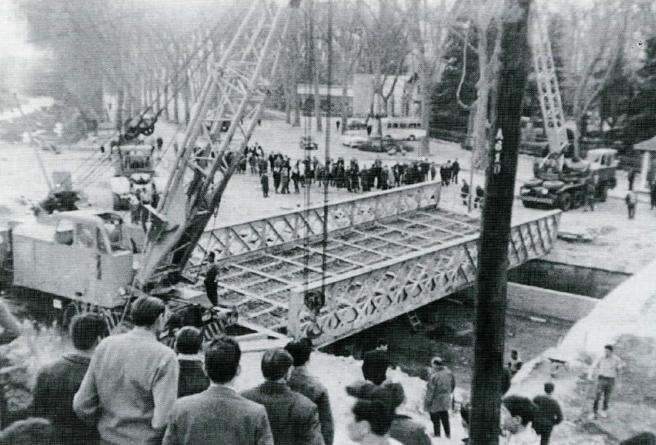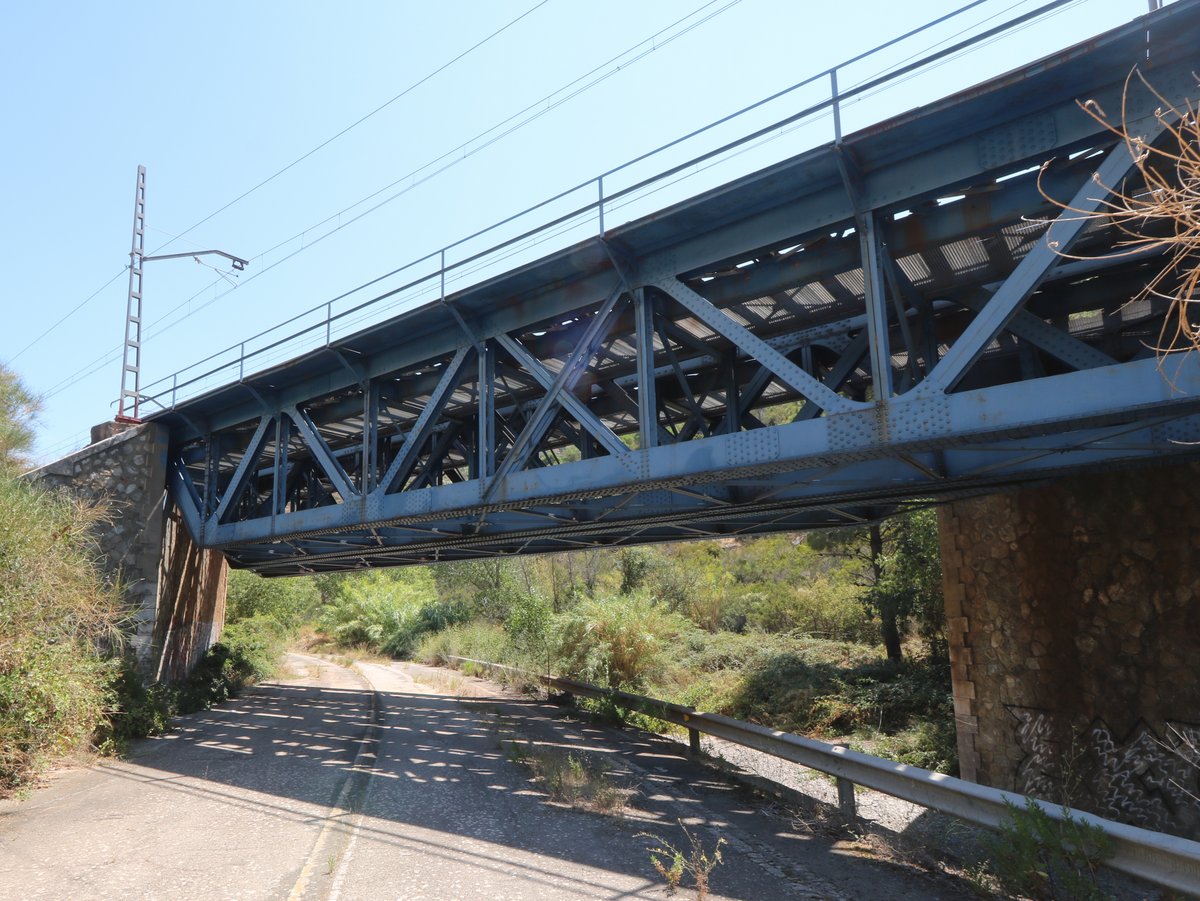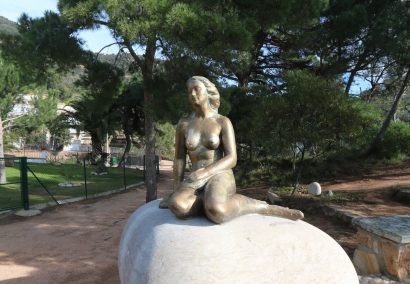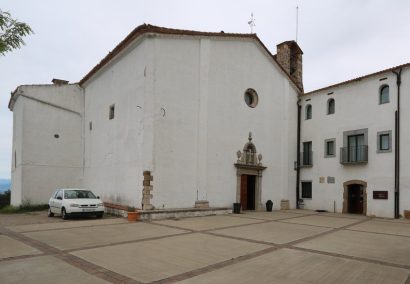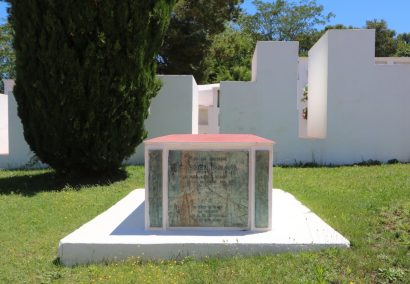If Gustave Eiffel had any idea with what piety Catalans would treat his creations, a certain 324-meters tall iron tower may have appeared in Barcelona instead of Paris. Even the Universal Exposition itself took place in the Catalan capital one year before the Paris Exposition Universelle.
In the 1870s, about 12 years before the construction of the most photographed tower in the world finished, the Girona railway company commissioned Eiffel to build eight bridges in the Costa Brava, some of them for trains and some for pedestrians.
There was nothing groundbreaking in the bridge designs and all of them were nearly identical. However, they did their job and did it brilliantly for years and years to come, until the towns’ populations grew so much that some of the bridges couldn’t handle the increased foot and rail traffic any longer. Decommissioning and removing the still perfectly good bridges, however, was out of the question for prudent Catalans.
One bridge, originally placed onto the street Carrer Cerverí in 1876, has travelled to three more spots in Girona in its lifetime. Today it proudly stands, well-maintained and freshly painted, in a quiet neighbourhood next to the square Plaça Manuel Josep Iglesias Joan.
Another bridge, known among the locals as Pont del Rellotge (The Clock Bridge), connected the Devesa Park with Avinguda de Ramon Folch in 1878. Today, it is serving the residents of Palamós, a beach town 45 km away from Girona.
When the Clock Bridge was to be disassembled in 1963 to be replaced by a wide concrete platform, its iron parts found a buyer in Josep Maria de Toca, a Girona engineer who was so impressed by the perfect working condition of the parts that he paid 25 thousand pesetas for them.
Señor Toca ended up paying five times as much to actually transport the bridge from Girona to Palamós. The bridge travelled fully assembled. An 18 meters-long and 6 meters-wide item required the biggest truck in the city and yet it still hung from both sides of the truck body. For the safety of all involved, the highway section between Girona and Palamós was closed to all traffic for two full hours on the night of the move. In 1968, the bridge was installed on the banks of the tiny river Aubí and connected the new neighbourhood Balitra with the town centre in Palamós.
The life of the third, the most famous, bridge designed by Gustave Eiffel in Girona has been, by comparison, absolutely worry-free. Pont de Ferro (The Iron Bridge)1 was laid over the river Onyar in 1877 to facilitate local access from the historic centre to the town market. The bridge has undergone several makeovers and restorations over the last one hundred years, of course, but the question of moving it anywhere else has never been raised and is unlikely to ever be. The photos of this Eiffel creation can be found on the smartphone of any tourist visiting Girona.
Despite significant improvements in the quality of everyday life that these bridges have made in their towns, they are far from the most important legacy of Gustave Eiffel in Catalonia. The most economically significant construction of his is the 1878 bridge in Colera, mere kilometres away from the French border. Stretched over the ravine where most of the town streets and the beach access are found, the bridge has removed the last hurdle in the way of a railway link between Spain and France.
The Colera bridge survived the Civil War in the 1930s during which many of the similar public works turned into piles of iron and concrete. Realizing the significance of the bridge, the Republican forces protected it with trenches, machine guns, artillery troops and antiaircraft systems. Having suffered from seaside and air attacks, the bridge still stood. After the fall of the Republican forces, it served as a gateway not only for the trains but for the refugees fleeing the Franco regime as well.
1)Other names are also common: Pont de las Palanques Vermelles (The Bridge of Red Planks) and Pont de les Pescateries Velles (The Bridge of Old Fishmongers).
